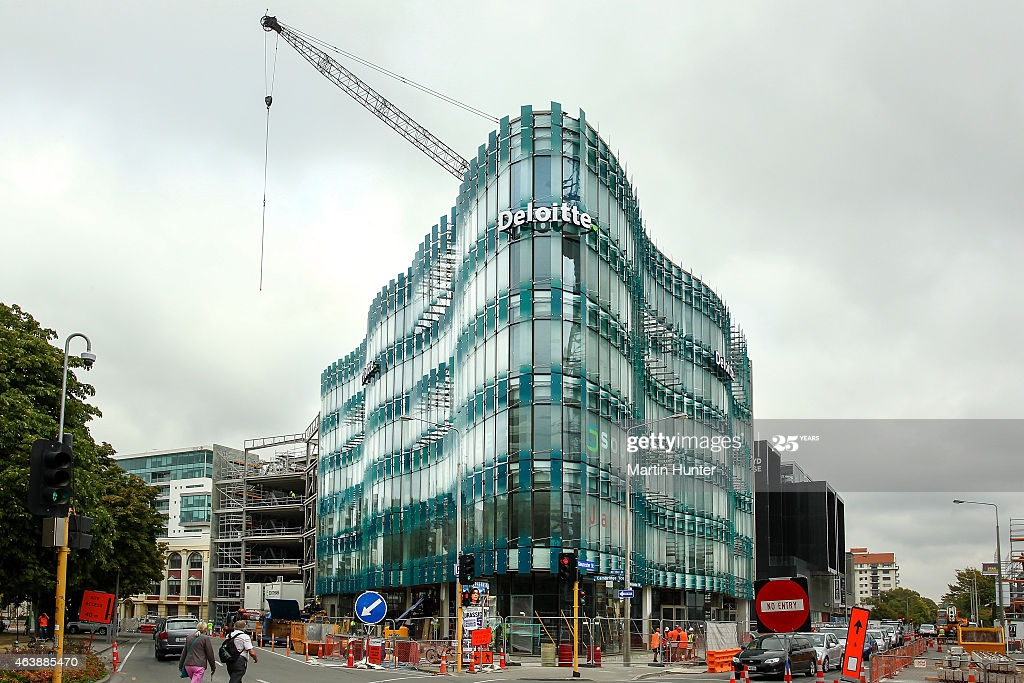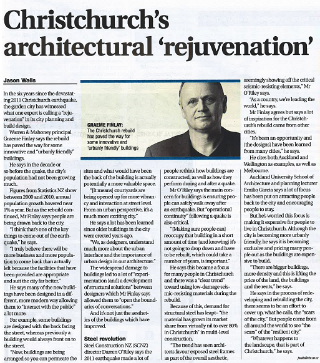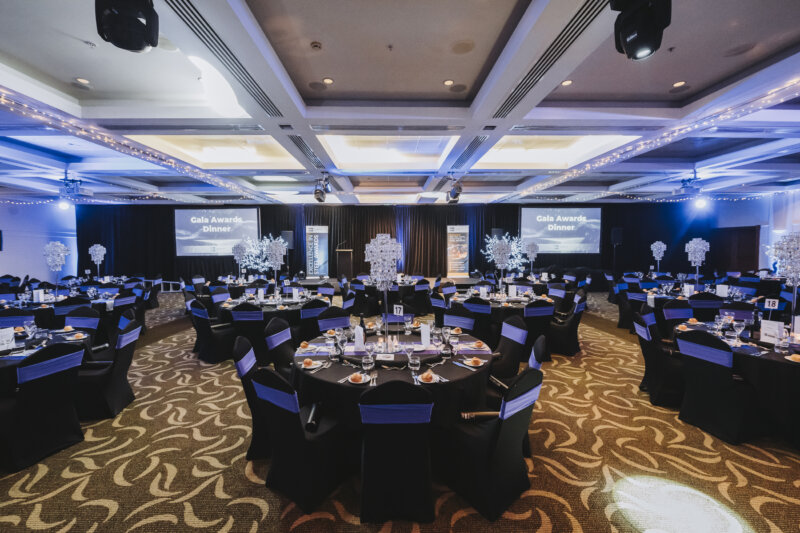Special Report: Spotlight on Canterbury
The National Business Review, April 28, 2017
In the six years since the devastating 2011 Christchurch earthquake, the garden city has witnessed what one expert is calling a “rejuvenation” in its city planning and build design.
Warren & Mahoney principal Graeme Finlay says the rebuild has paved the way for some innovative and “urbanly friendly” buildings. He says in the decade or so before the quake, the city’s population had not been growing much.
Figures from Statistics NZ show between 2000 and 2010, annual population growth hovered near 1% a year. But as the rebuild continued, Mr Finlay says people are being drawn back to the city.
“I think that’s one of the key things to come out of the earthquake,” he says.
“I truly believe there will be more business and more population to come back than actually left because the facilities that have been provided are appropriate and suit the city far better.”
He says many of the new buildings have been designed in a different, more modern way allowing them to “interact with the public” a lot more.
For example, some buildings are designed with the back facing the street, whereas previously a building would always face on to the street.
“Now, buildings are being arranged so you can permeate the sites and what would have been the back of the building is actually potentially a more valuable space.
“(It means) courtyards are being opened up for more vibrancy and interaction at street level. From an urban perspective, it’s a much more exciting city.”
He says a lot has been learned since older buildings in the city were erected years ago. “We, as designers, understand much more about the urban interface and the importance of urban design in our architecture.”
The widespread damage to buildings led to a lot of “experimentation” (and) a development of structural solutions” between designers which Mr Finlay says allowed them to “open the boundaries of conversations.”
And it’s not just the aesthetics of the buildings which have improved.
Steel revolution
Steel Construction NZ (SCNZ) director Darren O’Riley says the 2011 earthquake made a lot of people rethink how buildings are constructed, as well as how they perform during and after a quake.
Mr O’Riley says the main concern for buildings is ensuring people can safely walk away after an earthquake. But “operational continuity” following a quake is also critical.
“(Making sure people can) reoccupy that building in a short amount of time (and knowing) it’s not going to drop down and have to be rebuilt, which could take a number of years, is important.”
He says this became a focus for many people in Christchurch and there was a “clear trend” toward using low-damage seismic-resisting materials during the rebuild.
Because of this, demand for structural steel has leapt-“the material has grown its market share from virtually nil to over 80% in Christchurch” in multi-level construction. “The trend has seen architects favour exposed steel frames as part of the overall aesthetic, seemingly showing off the critical seismic-resisting elements,” Mr O’Riley says.
“As a country we’re leading the world,” he says.
Mr Finlay agrees but says a lot of inspiration for the Christchurch rebuild came from other cities. “It’s been an opportunity and (the designs) have been learned from many cities,” he says.
He cites both Auckland and Wellington as examples, as well as Melbourne.
Auckland University School of Architecture and Planning lecturer Emilio Garcia says a lot of focus has been put on attracting people back to the city and encouraging people to stay.
But he’s worried this focus is making it expensive for people to live in Christchurch. Although the city is becoming more urbanly friendly, he says it is becoming exclusive and pricing many people out as the buildings are expensive to build.
“There are bigger buildings, more density and this is lifting the price of the land, the buildings and the rents,” he says.
He says in the process of redeveloping and rebuilding the city, there seems to be an effort to cover up, what he calls, the “scars of the city”. But people come from all around the world to see “the scars” of the “resilient city”.
“Whatever happens to the landscape, that is part of Christchurch,” he says.








